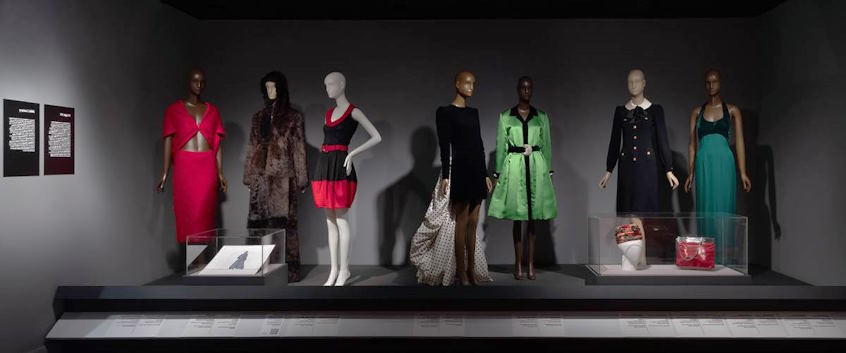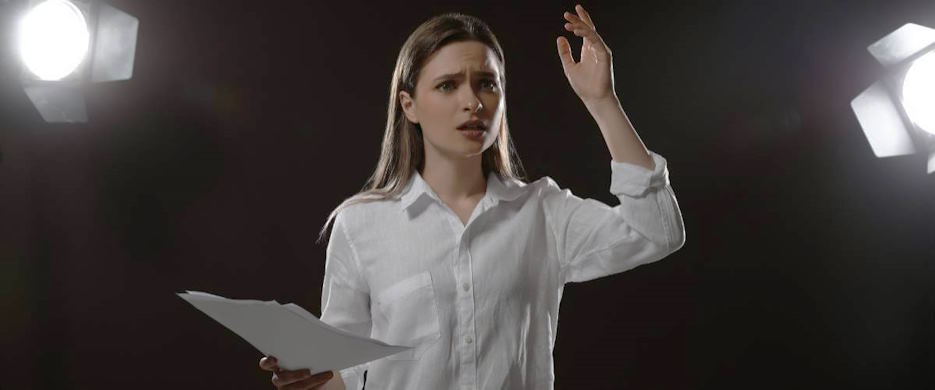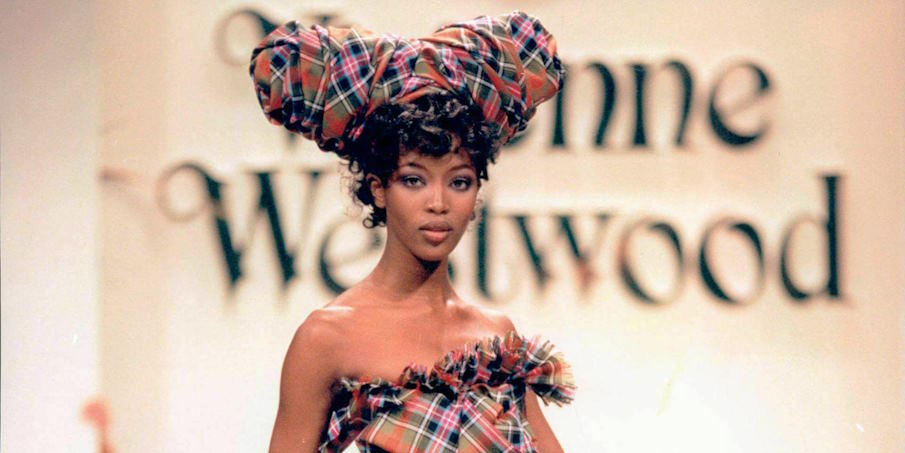Fashion exhibitions have undergone a remarkable transformation, evolving from static displays of garments into dynamic cultural experiences celebrating creativity, craftsmanship, and societal values. These exhibitions showcase the evolution of fashion and influence cultural narratives, shaping our understanding of style as a form of artistic expression and cultural reflection.
Exploring Themes and Celebrating Designers
Fashion exhibitions today employ thematic and retrospective approaches to delve deep into designers’ creative processes and influences. By organizing exhibitions around specific themes or showcasing retrospectives of iconic designers, museums and galleries highlight fashion’s profound impact on culture. For instance, exhibitions may focus on particular periods in fashion history, such as the Roaring Twenties or the Swinging Sixties, exploring how societal changes and artistic movements influenced clothing styles.
Reflecting Diversity and Promoting Inclusivity
Modern fashion exhibitions are pivotal in promoting diversity and inclusivity within the fashion industry. They celebrate marginalized voices, challenge stereotypes, and explore global influences, shaping more inclusive cultural narratives around fashion. Exhibitions often feature diverse models and showcase garments from different cultural backgrounds, emphasizing the richness of global fashion heritage. By showcasing the work of designers from diverse backgrounds and regions, these exhibitions contribute to a more nuanced understanding of fashion’s role in reflecting and shaping cultural identities.

Educational Platforms and Sustainability Initiatives
Fashion exhibitions serve as educational platforms that inspire creativity and critical thinking. Beyond showcasing beautiful garments, exhibitions educate visitors about fashion’s evolution, technological innovations, and ethical considerations. They address pressing issues such as ethical fashion, sustainable practices, and the impact of consumer behavior on the environment. Exhibitions may highlight designers who prioritize sustainability in their collections or explore using innovative materials and production techniques that reduce fashion’s environmental footprint.
Embracing Digital Innovation for Accessibility
The future of fashion exhibitions lies in digitalization and virtual experiences, offering global accessibility to fashion history and innovation. Digital platforms and virtual reality technologies democratize access, making fashion exhibitions more inclusive and interactive. Virtual exhibitions allow audiences worldwide to explore collections from renowned museums and galleries without geographical constraints, fostering a deeper appreciation for fashion as a global cultural phenomenon. These digital innovations also pave the way for new forms of storytelling and engagement, where visitors can interact with exhibits, explore detailed garment histories, and participate in virtual tours led by curators.



